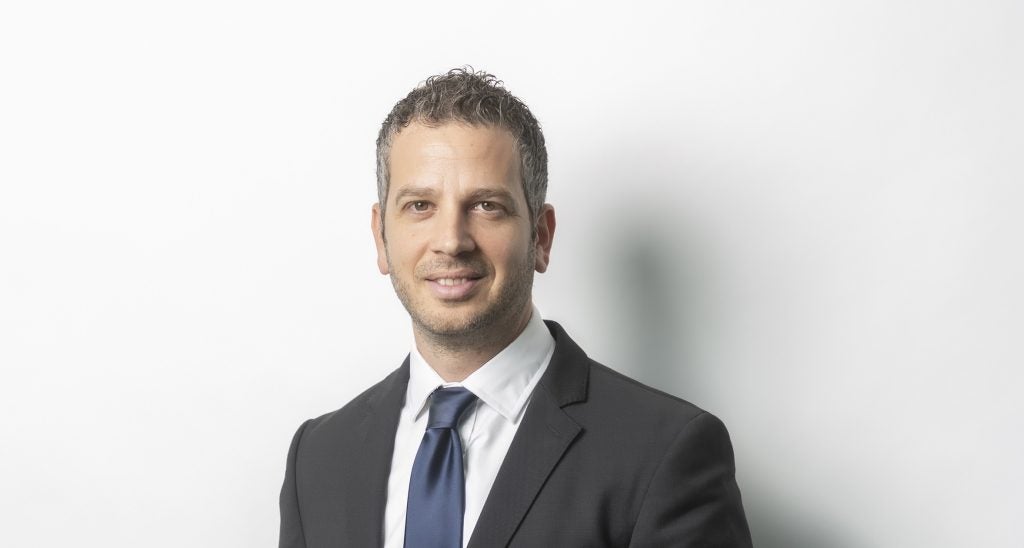losses on structured products and cautious over volatile equity
markets, are turning to exchange-traded funds as a more transparent
way of investing their assets. Market observers are now predicting
a further surge in demand from private clients. Dan
Jones reports.
 Exchange-traded funds (ETFs) are becoming big news in the
Exchange-traded funds (ETFs) are becoming big news in the
investment world – trading in the products on Swiss exchanges saw
turnover soar by 95.4 percent between September and November.
Meanwhile, a Barclays Global Investors (BGI) report predicts ETF
assets will exceed $1 trillion by 2009, despite the market
turmoil.
The report shows the number of exchange-traded funds (ETFs)
worldwide stood at 1,502 as of 31 October, with assets totalling
$643 billion.
Assets under management (AuM) within ETFs have fallen by 19.3
percent over the first nine months of the year, but, as BGI points
out, this compares very favourably with the 39.8 percent declines
in the MSCI World Index in dollar terms over the same period.
Despite a black October which saw ETF AuM fall largely in line
with all other investments, interest in the funds has accelerated
since the fall of Lehman Brothers and the resultant market
turmoil.
Speaking at an iShares Insights Conference organised by BGI,
industry leaders were quick to herald the newfound popularity of
the asset class.
How well do you really know your competitors?
Access the most comprehensive Company Profiles on the market, powered by GlobalData. Save hours of research. Gain competitive edge.

Thank you!
Your download email will arrive shortly
Not ready to buy yet? Download a free sample
We are confident about the unique quality of our Company Profiles. However, we want you to make the most beneficial decision for your business, so we offer a free sample that you can download by submitting the below form
By GlobalData“ETFs will sweep the private client market and they have the
potential to bring about widespread transformation,” Christopher
Aldous, chief executive of Evercore Pan Asset Capital Management,
told delegates.
Separately, Fathi Jerfel, chief executive of Crédit Agricole
Structured Asset Management, said in a statement last month that
“we wish to offer institutional investors ETFs in all the main
asset classes”, adding that he aims to reach €10 billion ($12.5
billion) in ETF assets under management by 2011.
Crédit Agricole is launching 10 equity ETFs in Paris; BGI
research, however, shows that assets under management in European
equity ETFs have fallen by 27.3 percent thus far this year.
Defensive asset classes
 ETFs with exposure to more defensive asset classes are
ETFs with exposure to more defensive asset classes are
likely to be crucial for investors as long as the long-term outlook
remains cloudy.
While ETFs linked to equity markets have fallen sharply in 2008,
the flight to cash has resulted in a 217.4 percent increase in
money market ETF assets since 1 January.
Fixed income as a whole is now the second-largest ETF category,
with $76.15 billion in AuM as of 30 October, though North American
equity markets still account for 50 percent of total ETF AuM.
Indeed, some 40 percent of all equity trading volume in the US
in October was done via ETFs, according to BGI. A growing number of
ETF strategies are unsurprisingly based on selling shares short:
short interest level for US-listed ETFs totalled 14.3 percent of
outstanding shares as of October.
That total – 1,554 million shares – is 11.58 percent higher than
the 1,393 million shares short in December 2007. Despite some
$121.1 billion being wiped off the total value of ETF assets in
October, BGI expects global ETF assets to exceed $1 trillion in
2009 and $2 trillion in 2011.
Stephan Müller, a member of the product management and
development division at Julius Baer, is similarly convinced that
renewed interest in the funds will continue into 2009.
Müller has developed the launch of four new physical gold ETFs
at Julius Baer, and believes they will provide an attractive option
to investors.
“ETFs imply liquidity,” Müller says. “You have intra-day
liquidity – for products which are affected by daily fixings, such
as gold, this is a transparent way to say ‘is this price building
fairly or not?’ And you can trade intraday accordingly.”
The absence of balance sheet risk is one of the key attributes
of the fund, Müller says, who added gold helped portfolios achieve
returns with a lower risk budget.







